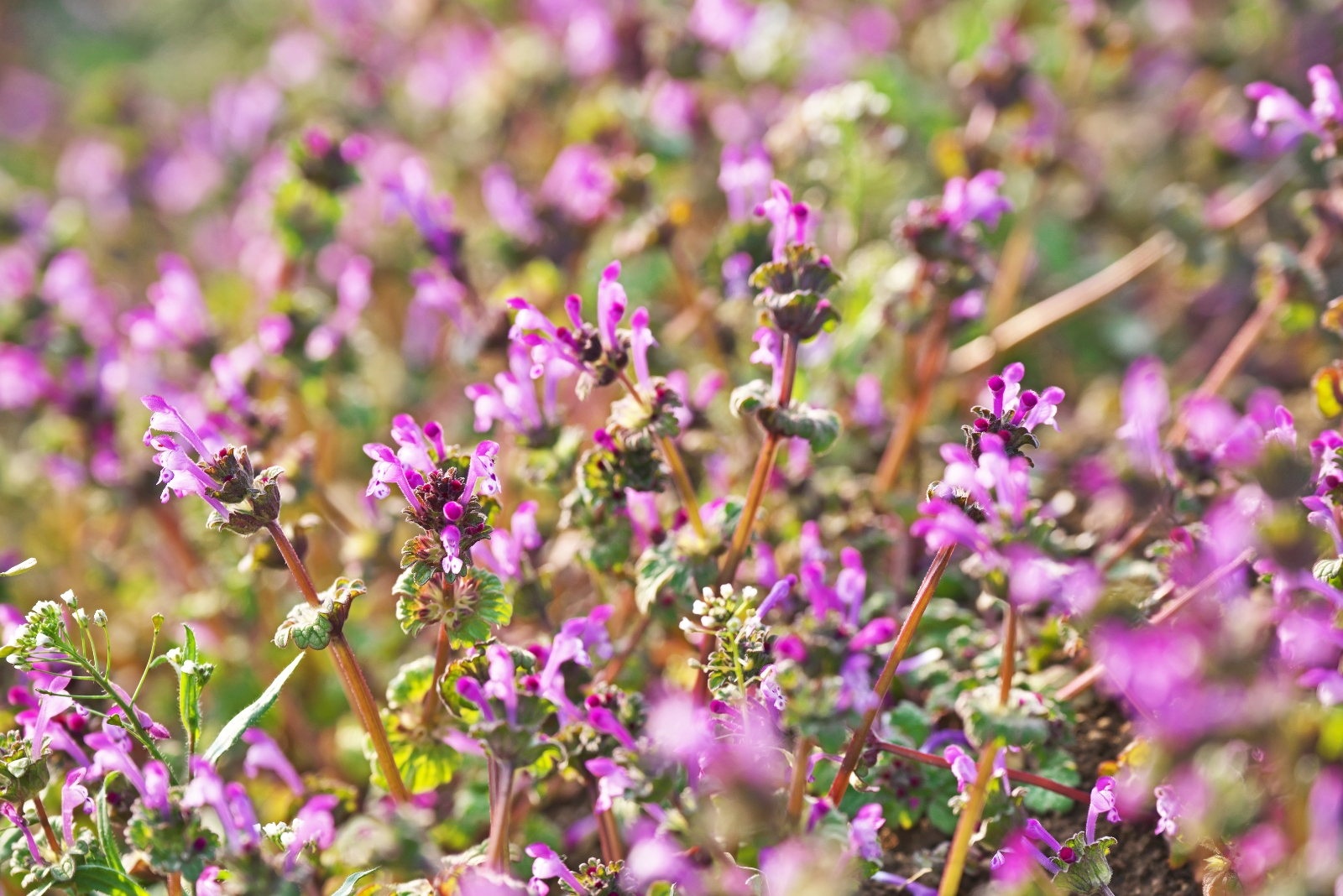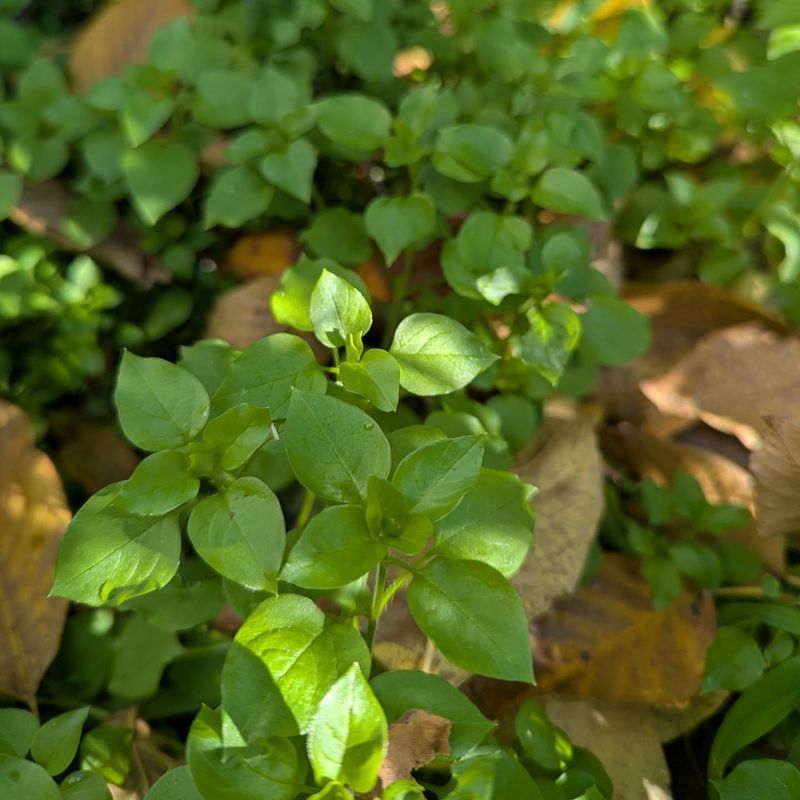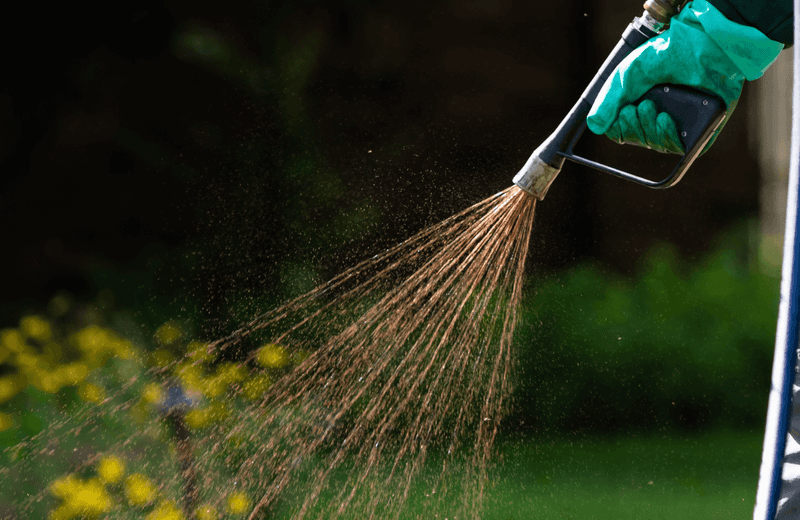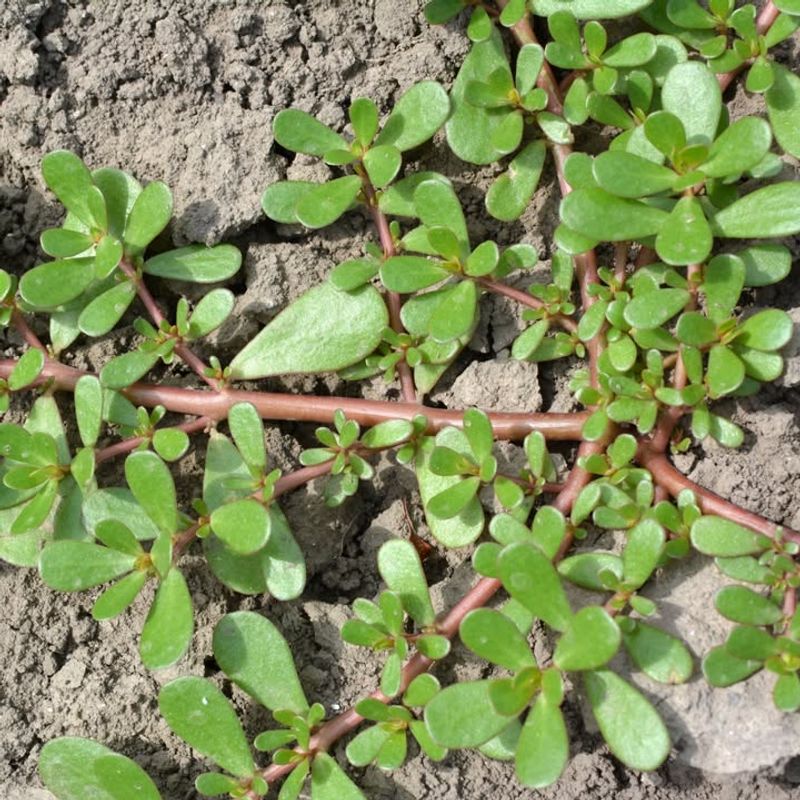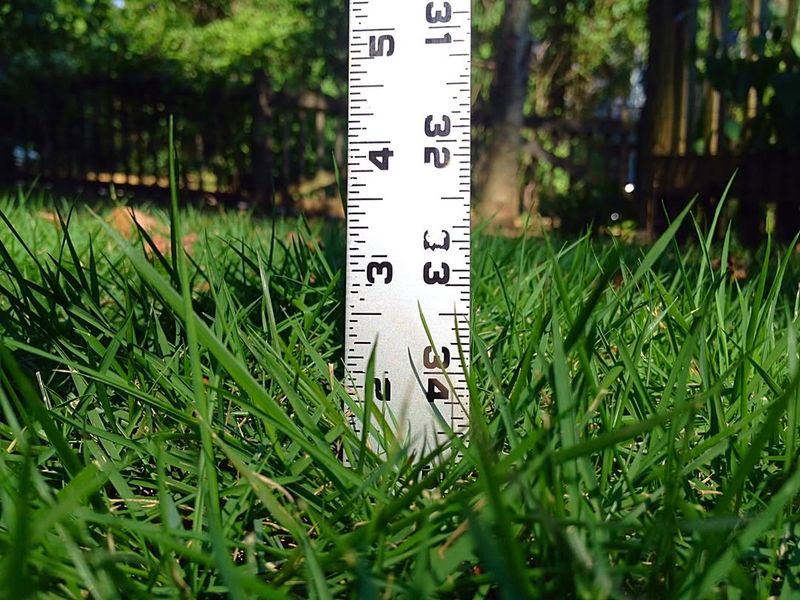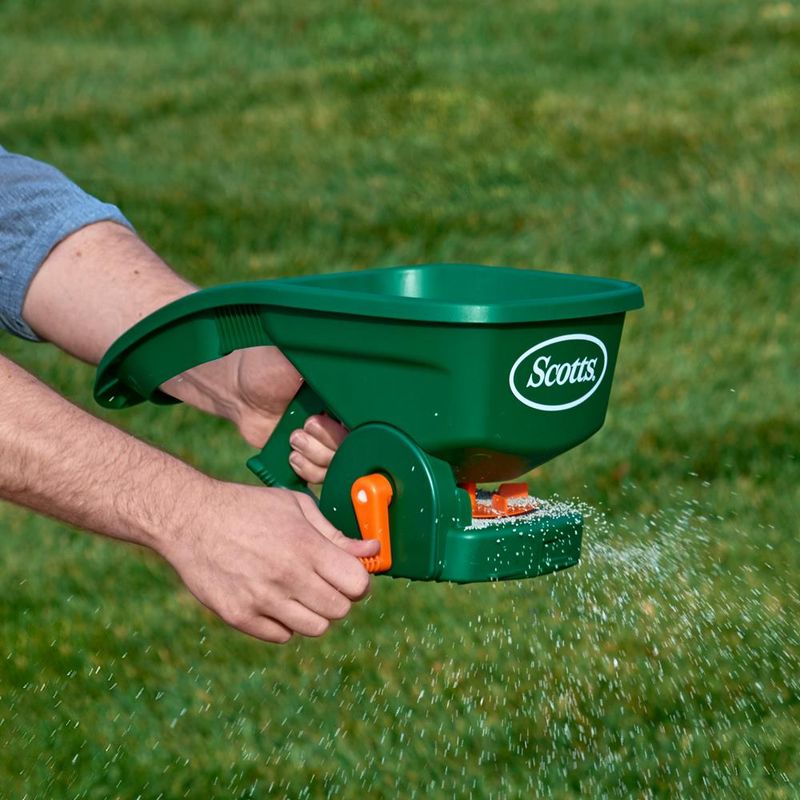Fall brings cooler weather and beautiful leaves, but it also brings stubborn weeds to North Carolina lawns. Weeds compete with your grass for water, sunlight, and nutrients, making your yard look patchy and unhealthy.
Learning how to tackle these unwanted plants now will help your lawn stay green and strong all season long.
1. Identify The Weeds Growing In Your Yard
Knowing what you’re fighting makes all the difference when treating your lawn. Common fall invaders in North Carolina include henbit, chickweed, dandelions, and wild onions, each with different characteristics.
Walk around your yard and look closely at the leaf shapes, growth patterns, and where the weeds cluster. Take photos or notes so you can research them later or show a lawn care expert.
Once you know the specific weeds, you can choose the right treatment method that actually works.
2. Apply Pre-Emergent Herbicide Early
Prevention beats cure every single time when dealing with fall weeds. Pre-emergent herbicides create a barrier in the soil that stops weed seeds from sprouting before they become a problem.
Apply these products in early September for best results in North Carolina’s climate. The timing is crucial because you need the barrier in place before temperatures drop and weed seeds start germinating.
Read the product label carefully to ensure it’s safe for your grass type and follow application rates exactly.
3. Pull Weeds By Hand When Soil Is Moist
Sometimes the old-fashioned way works best, especially for small weed patches. Pulling weeds after rain or watering makes the job much easier because moist soil releases roots more completely.
Grab the weed at its base, close to the ground, and pull straight up with steady pressure. Getting the entire root system prevents regrowth and saves you from doing the same job twice.
Dispose of pulled weeds in North Carolina yard waste bags rather than compost piles to avoid spreading seeds.
4. Use Post-Emergent Herbicides For Established Weeds
Already seeing weeds popping up everywhere? Post-emergent herbicides target weeds that are actively growing in your North Carolina lawn right now. Selective herbicides kill broadleaf weeds while leaving your grass unharmed, which is perfect for most situations.
Apply on a calm day when rain isn’t expected for at least 24 hours. Temperature matters too—pick a day between 50 and 85 degrees for best absorption.
Always wear protective gear and keep kids and pets off the lawn until it dries completely.
5. Maintain Proper Mowing Height Throughout Fall
Your mower blade height plays a bigger role in weed control than most people realize. Keeping grass at the right height—usually 2.5 to 3 inches for most North Carolina lawns—helps it shade the soil and prevent weed seeds from getting the sunlight they need.
Never cut more than one-third of the grass blade at once, even if you’ve let it grow too long. Scalping your lawn weakens grass and creates perfect conditions for weeds to move in.
6. Fertilize To Strengthen Your Grass
Strong, thick grass naturally crowds out weeds by taking up space and resources they need to survive. Fall fertilization gives your North Carolina lawn the nutrients it needs to grow dense and healthy before winter arrives.
Choose a fertilizer blend designed for fall application in your region, typically with higher potassium levels. This strengthens roots and improves cold tolerance while helping grass outcompete weeds.
Apply fertilizer when grass is dry but water it in lightly afterward for best absorption.
7. Overseed Bare Spots To Prevent Weed Growth
Bare spots in your lawn are like open invitations for weeds to move in and take over. Fall is actually the perfect time in North Carolina to overseed because cooler temperatures and regular rainfall help new grass establish quickly.
Rake bare areas lightly to loosen soil, spread quality grass seed that matches your existing lawn, and keep the area moist. New grass will fill in those gaps before weeds get the chance.

